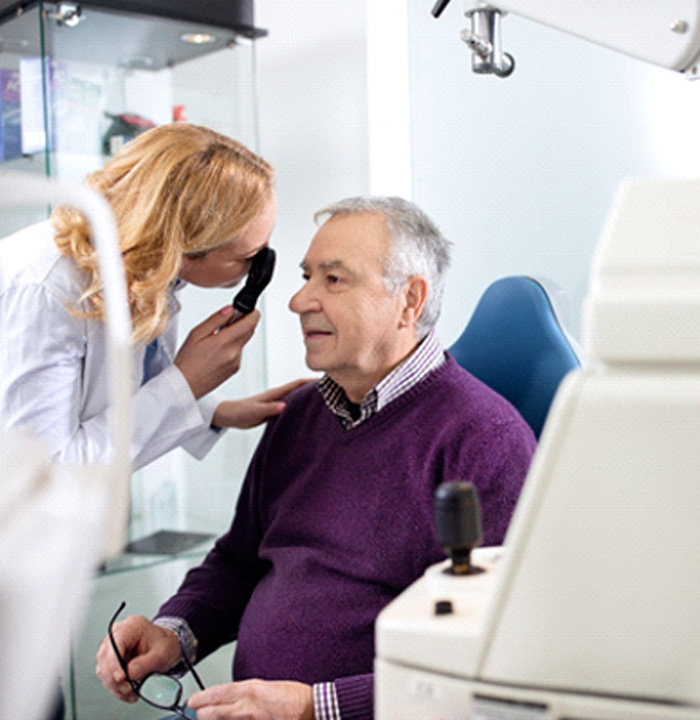If you live with diabetes, you may already know about the importance of protecting your eyesight. Many individuals across the United States experience vision impairment, and for a significant number, diabetes is a key factor in their condition. However, another common health issue —obstructive sleep apnea (OSA) — could also play a major role. How could OSA and diabetes work together to damage your eyes, and what can you do to reduce your risk of blindness? This blog post shares important information.
How Diabetic Retinopathy Threatens Your Vision
Diabetic retinopathy is a complication of uncontrolled diabetes that affects the retina, which is the part of the eye responsible for processing light and sending signals to the brain. When blood vessels in the retina suffer damage, vision problems often follow. Over time, this damage can lead to macular edema, where fluid accumulates within the retina. This not only threatens the health of your retina but also increases your risk of severe vision loss or blindness.
The Strong Connection Between Sleep Apnea and Eye Disease
Research indicates a clear relationship between sleep apnea, diabetic retinopathy, and macular edema. Studies show that the rate of severe sleep apnea is twice as high in individuals with macular edema compared to those without eye disease.
What explains that startling connection? While sleep apnea might not directly cause blindness, it contributes to health conditions that put your vision at risk. This disorder, which causes repeated pauses in breathing during sleep, often leads to high blood pressure. In turn, this can damage the delicate blood vessels in your eyes.
In addition, sleep apnea interferes with important hormones, such as insulin and those that control hunger. These disruptions make it harder for you to manage diabetes successfully, which in turn increases your risk of eye complications.
What You Can Do to Protect Your Vision
If diabetes is part of your life and you have concerns about your sleep quality, you should consider the following steps to safeguard your eye health:
· Consult your healthcare provider about sleep testing: If you experience symptoms such as loud snoring, daytime sleepiness, or frequent waking during the night, seek a professional evaluation. A sleep study can determine whether you have sleep apnea and help determine the appropriate treatment.
· Comply with recommended sleep apnea treatment: Using an oral sleep appliance as prescribed can keep your airway open during sleep. This not only improves sleep quality, but also reduces your risk of complications like high blood pressure and eye problems.
· Maintain effective diabetes management: Keeping your blood sugar levels within the target range can slow the progression of diabetic eye disease. A balanced diet and consistent physical activity help you manage your weight and blood glucose more effectively.
· Schedule routine eye examinations with an optometrist or ophthalmologist: Regular eye checkups allow for early detection of diabetic retinopathy and other eye issues. Early intervention can prevent or minimize vision loss, ensuring the best possible long-term eye health.
Sleep apnea and diabetes can spell trouble for your eyes! Take practical steps to manage these conditions so you can continue to see well.
Meet the Practice
Dr. Jonathan Held is the only Diplomate of the American Board of Dental Sleep Medicine in Northern Arizona. Under his leadership, teams in Sedona, Flagstaff, Kingman, and Prescott Valley provide custom oral appliances to help patients with sleep apnea get higher-quality sleep. If you are concerned about how sleep apnea might be affecting your health, we are ready to consult with you. Contact our office at 928-227-3024.e, we will discuss…

